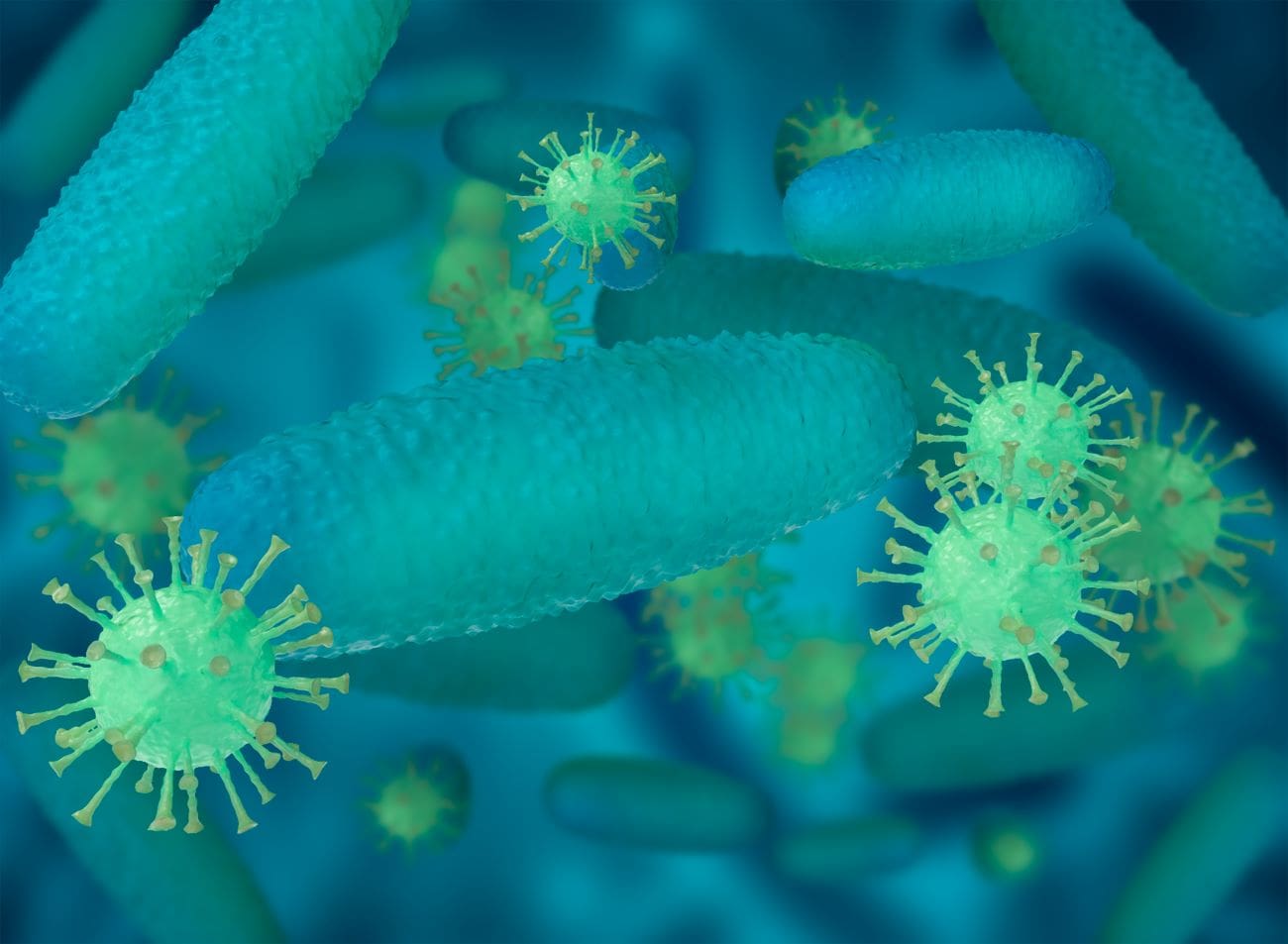In a chilling development, scientists are sounding the alarm about the reemergence of ancient viruses from thawing permafrost in Siberia, raising fears of a potentially devastating new pandemic.
The discovery has sparked concerns among the global scientific community, as the unearthed pathogens, described as Arctic zombie viruses, could pose a significant threat to human health.
Researchers have identified the reactivated viruses as remnants of long-buried microbes that have been preserved in the Arctic permafrost for centuries. The concern arises from the fact that these viruses were able to survive in a dormant state for an extended period. With rising temperatures in the Arctic region due to climate change, the permafrost is melting, releasing these ancient pathogens back into the environment.
The potential consequences of the release of these Arctic zombie viruses were highlighted in a recent report by The Guardian, which brought attention to the dire situation unfolding in Siberia. The article underscores the urgency of addressing this emerging threat to prevent a global health crisis.
Scientists warn that the revival of these ancient viruses could lead to a new and unpredictable pandemic, as humanity lacks immunity to these long-lost pathogens. The fear is that these viruses could be more virulent and resistant to current medical interventions, posing a significant challenge to public health systems worldwide.
This discovery emphasizes the interconnectedness of environmental changes and public health. Climate change is not only impacting the planet’s ecosystems but also has the potential to unleash unforeseen health risks on a global scale. Urgent action is needed to understand the nature of these ancient viruses and develop strategies to mitigate the potential consequences.
International collaboration is crucial to address this emerging threat effectively. Scientists and policymakers must work together to study these Arctic zombie viruses, assess the risks they pose, and develop preventive measures to safeguard global health.
The situation in Siberia serves as a stark reminder of the importance of prioritizing climate change mitigation efforts and implementing measures to protect vulnerable regions from the release of ancient pathogens. As the world grapples with ongoing public health challenges, vigilance and swift action are essential to prevent the next potential pandemic.
Source: ScienceDirect
Featured image credit: mego-studio | Freepik




